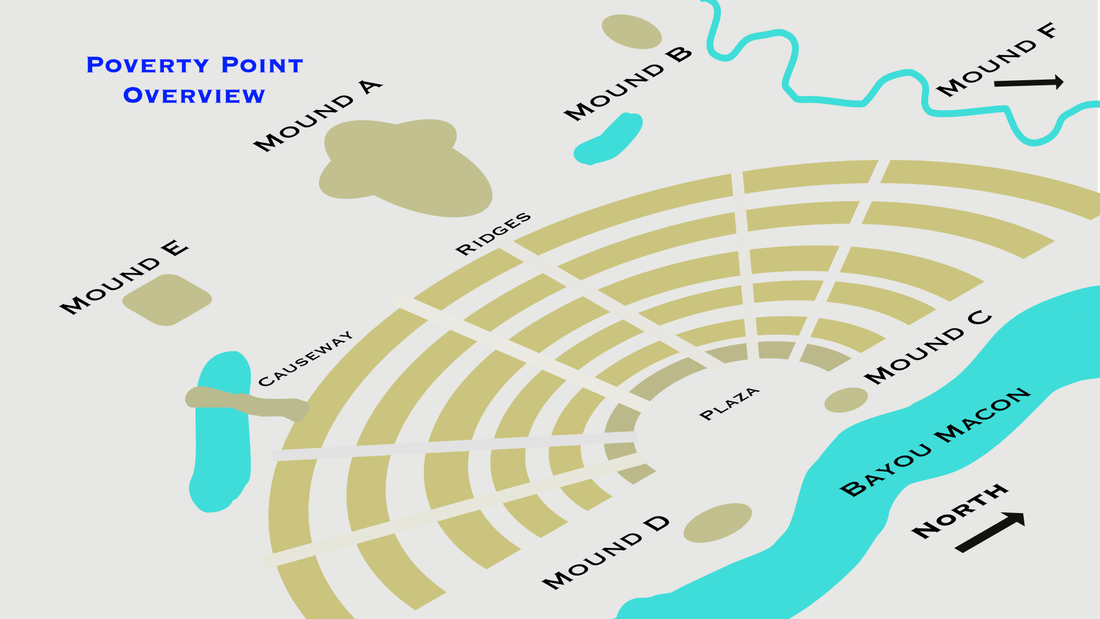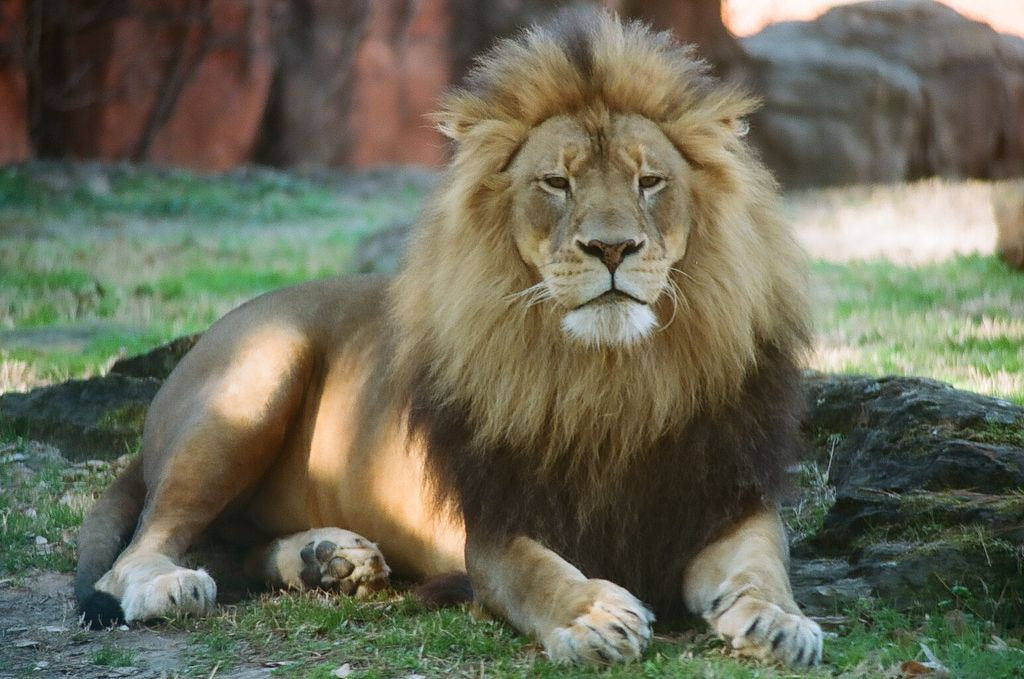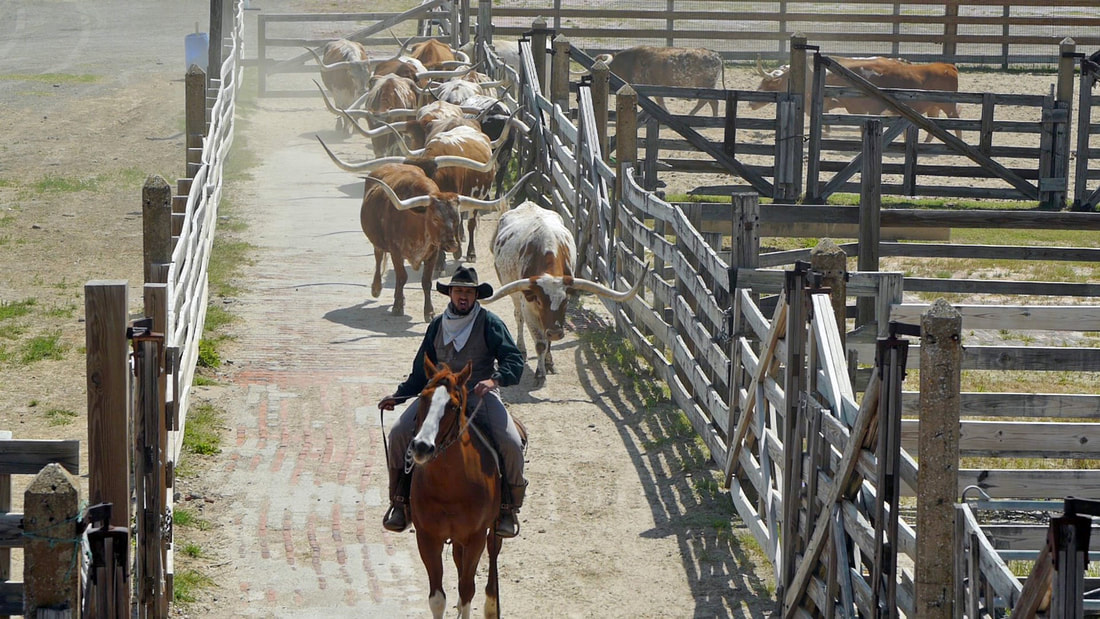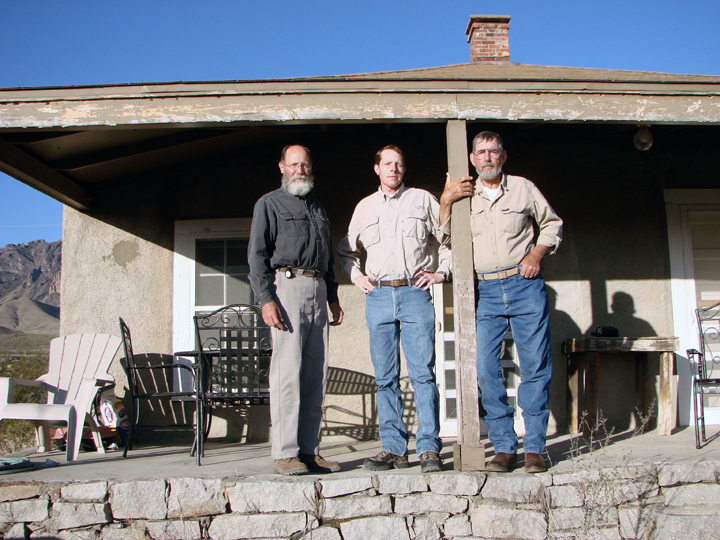Have I now become your enemy by telling you the truth?
Galatians 4:16
 My first visit to the Poverty Point World Heritage Site came in December of 2020. I had been working in the Kisatchie National Forest a couple of hours away. An unexpected weekend off gave me the opportunity I had been hoping for. From Alexandria, I drove northeast through forested countryside. Classic country music played on the radio. An early afternoon arrival meant that I only had a few hours to tour the museum and the mounds. As usual, I stretched the limits of the five p.m. closing time. As the sun dipped in the west, I walked through the “nature trail” portion of the grounds. I had heard an owl hooting from within the autumn-colored trees near the largest mound (now known as Mound A). As I walked through the woods, still marked by the curving ridges of earlier residents, the owl had joined me again. I scanned the tall trees, but couldn’t see the owl. My footsteps crunched on the path, until the owl sounded off again. Again, I couldn’t find him. My handy audio-recorder captured the sound for posterity. At sunset, I was the last to leave. The staff were nice enough to not lock me in behind the gate. Having such a site mostly to oneself was unique, but the images captured within my cameras left me unsatisfied. This had been a reconnaissance mission. Someday, I hoped to return to do the site justice. In the fall of 2022, a new opportunity came. My latest Louisiana project allowed for an extended Thanksgiving break. This time, I would drive up from Leesville, Louisiana to Monroe for a couple of nights. Along the way, the same country tunes played on the radio. I took it as a sign that this was meant to be. My first stop would be the Black Bayou National Wildlife Refuge in Monroe. I wanted to capture images that might resemble the ancient landscapes of prehistoric Louisiana. The refuge did not disappoint. Although there were no alligators present (I’ve seen more in Texas than Louisiana), birds were plentiful. A couple of elusive deer quietly made their way through the woods. A hawk kept watch over the proceedings from his perch overhead. As usual, my efforts to capture these images on camera were amateurish and aggravating. At the very least, I felt that the refuge had given a sense of the resources available to the people of Poverty Point. It was well worth the effort. The next day, I returned to Poverty Point with designs on spending the entire day on site. The weather was not as favorable this time. I had enjoyed mild temperatures during the first visit. Although skies were just as sunny this time, a cold wind blew all day long. Once again, I did my best to capture images of the mounds, the ridges, and Bayou Macon. A crop duster droned on in the distance. No owl greeted me this time. The museum had a fair number of visitors, but no one spent as much time hiking the park trail as I did. Once again, I stayed until the gate was ready to be locked behind me. The next day, I returned home with designs on further research. In the days that followed, I noticed the paucity of popular writings on the Poverty Point culture. The on-site museum maintains a video room for presenting a few informative documentaries on the subject. I was looking for some in-depth written analysis of the site. I finally found it within the pages of Jon Gibson’s book, The Ancient Mounds of Poverty Point: Place of Rings. With this book providing the necessary information, I could finally begin assembling the latest episode of Archaeology Travelogue. This video provides a broad overview of the site and its history, but I would recommend visiting the site in person for the full experience. When you arrive, stand quietly in the woods. Perhaps the owl will speak to you as well…
0 Comments
In the process of crafting my first documentary about archaeology, I developed a new idea. My first attempts to set up video interviews with archaeologists were unsuccessful. As a result, I had to consider the possibility of a documentary without any interviews at all. What would that look like? The vision that came to mind was a kind of “travelogue” that would feature images of archaeological landscapes set to classical music. Occasional quotes or text pieces would accompany the images in order to dodge the crutch of voice-over narration. The title was obvious, but Archaeology Travelogue would not come to life for another eight years.
In the summer of 2015, I was finally able to arrange the first interview for what would become The Cowboys of Science: Tales of American Archaeology. The first interview led to another, and opportunities started falling into place. I made the movie in between professional archaeology assignments, and it was finally released on YouTube in November of 2016. A sequel was planned, but the idea was forced to the back-burner (so far on the back-burner that it fell off behind the stove). From there, I made two other short videos on other topics. Archaeology Travelogue was the next item on my list. This new video venture would prove to be more difficult than previous projects. I had a clear vision of what to do, but a number of obstacles appeared. These videos are self-financed, and archaeology contractors do not get paid time off. It took three years to find about ten days of actual shooting time. The first episode was designed around the archaeology of the Big Bend region of Texas. Three trips in three straight years, thousands of miles traveled by truck, and dozens of miles hiked on foot finally resulted in the eleven minute first episode of the series. I hope to continue this project for years to come. Thanks for watching! Click the VIDEOS tab above to view ARCHAEOLOGY TRAVELOGUE on this site! My latest venture in the world of archaeology filmmaking will also include a multimedia experience on the Substack platform! For those unfamiliar, Substack is a platform designed for independent writers. It is built on a newsletter subscription model, in which readers may subscribe to receive a writer's work directly into their email inbox. Subscriptions may be free or paid, which allows writers to monetize their work as desired. In this early stage, my own substack will be offered for free, but a paid option may be available in the near future.
The first installments of my newsletter include Episode One of the Archaeology Travelogue video series, as well as a timely review of Howard Carter's The Tomb of Tutankhmamen. (The Carter essay runs over three thousand words, so it's a little long for a typical website post!) Future essays may include book reviews and other observations from the world of archaeology. Of course, I will continue posting short-form writing on this website as well. Click the button below to visit Archaeology Travelogue on Substack!  My latest documentary video is a departure from the usual topics of history and culture. Let’s Go to the Zoo! was devised as a virtual zoo trip for those unable to make the visit in person. Trips to the zoo are a staple of family vacation time, but I have noticed that some people have grown skeptical of zoos in general. Many people may not have realized the dramatic transition that zoos have made from the old days of concrete and steel enclosures. Modern zoos have invested their resources into more naturalistic habitats for the animals. The conservation theme is apparent at every corner of these facilities. I set out to visit the major zoos of Texas, and then decided to add images from a couple of smaller venues outside of the big cities. This project took about a year and a half to complete. It involved about a dozen trips, with the main focus being the Dallas and Fort Worth Zoos. The underrated Caldwell Zoo in Tyler provided some great opportunities, as well as the Cameron Park Zoo in Waco, the San Antonio Zoo, and the Houston Zoo. This was my most fun project to date. I hope to revisit this topic in the future. Thanks for watching! Click on the "Videos" tab above to view Let's Go to the Zoo! on this site!  9-6-2018 After completing The Cowboys of Science in 2016, I began preparing a sequel to continue the story of archaeology. A busy field schedule in 2017 prevented any significant video work, although I did find some time for a clumsy attempt at shooting video in the Fort Worth Stockyards National Historic District. When the archaeology doc fell through in the winter of 2018, I decided to revisit an idea for some type of rodeo film. The idea was narrowed to a short video focusing on the sights and sounds of the historic Stockyards. I expected to knock this out within a couple of weeks. Six months later, it is finally here. The Stockyards district represents a case study in the value of historic preservation. The city of Fort Worth draws an international crowd courtesy of its western heritage. Failure to preserve and protect this heritage would cost the city a great deal. Unfortunately, modern developers are an ever-present threat. By the time Stock Yards was completed, the video had already become a kind of historic document. With a huge commercial development currently underway, it remains to be seen how much of this historic district will retain its authentic value. This video was a lot of fun to make, but it required a lot more work than I anticipated. Ultimately, these projects can never be perfect. There comes a time to move on. Stock Yards is only a glimpse of the total experience awaiting you in this historic setting. See it for yourself. Learn to appreciate the people who make your lifestyle possible. Don't forget to take pictures. What you see there today may be gone tomorrow. Click on the "Videos" tab above to view STOCK YARDS on this site!  11-11-2016 The Cowboys of Science: Tales of American Archaeology is a documentary film seventeen years in the making. The actual production of the film didn't begin until the summer of 2014, but seeds were planted way back in 1999. As I began my professional archaeology career, I almost immediately began thinking about the possibilities of a new kind of documentary for archaeologists. During that first professional field work experience, I became increasingly aware of the discrepancies between authentic archaeology and the portrayals of the science on-screen. (No, I'm not referring to Hollywood adventure movies. Most people understand the difference between fantasy and reality.) Unfortunately, the typical documentary on archaeology -- no matter how high the production value -- comes up short on the key ingredient of authenticity. Authentic archaeology is a gritty experience. The real work of this discipline is performed by the type of people you can see in my documentary. These are the people who do the real heavy-lifting in the field. The documentaries you may see on public television or cable channels are often fronted by an academic scholar who rarely gives sufficient credit to the crew. The "crew" may consist of students, volunteers, or professionals. They are generally an afterthought in those TV productions. I wanted to change that. The Cowboys of Science was born out of an interest in spotlighting the people who do the real work of archaeology. At first, I wanted to make the movie entirely about Cultural Resource Management. This is the most overlooked segment of the discipline, and it is the field that I have worked in for well over a decade. Gradually, I realized that such a narrow focus would not serve the best interests of the film. It would also be difficult if not impossible for an amateur filmmaker to gain the access necessary for shooting such a film. It was best to broaden the scope of the project. During the course of my career, I've been fortunate enough to work with archaeologists from all four aspects of the field: Academic Research, CRM Contracting, Government Agencies, and Volunteers. When I realized that my career had provided me with contacts across the discipline of archaeology, it became time to bring The Cowboys of Science into reality. From there, it was a simple matter of acquiring camera gear, requesting interviews, and shooting the movie . . . Actually, it wasn't that simple. The story of how the movie was made can be left for another time. For now, I hope you enjoy the opportunity to see authentic archaeology in action. Listen to the voices of four dedicated scientists explaining who we are and what we do. One more thing: this movie is only the beginning. We have plenty of stories to tell. I would like to tell a few more of them myself, but you may have your own role to play in this storytelling adventure. If you think this movie is worthy, then tell your friends about it. If you don't like it, then tell a better story -- your way. Click on the "Videos" tab above to view on this site! |
Craig CosbyArchives
November 2023
Categories |